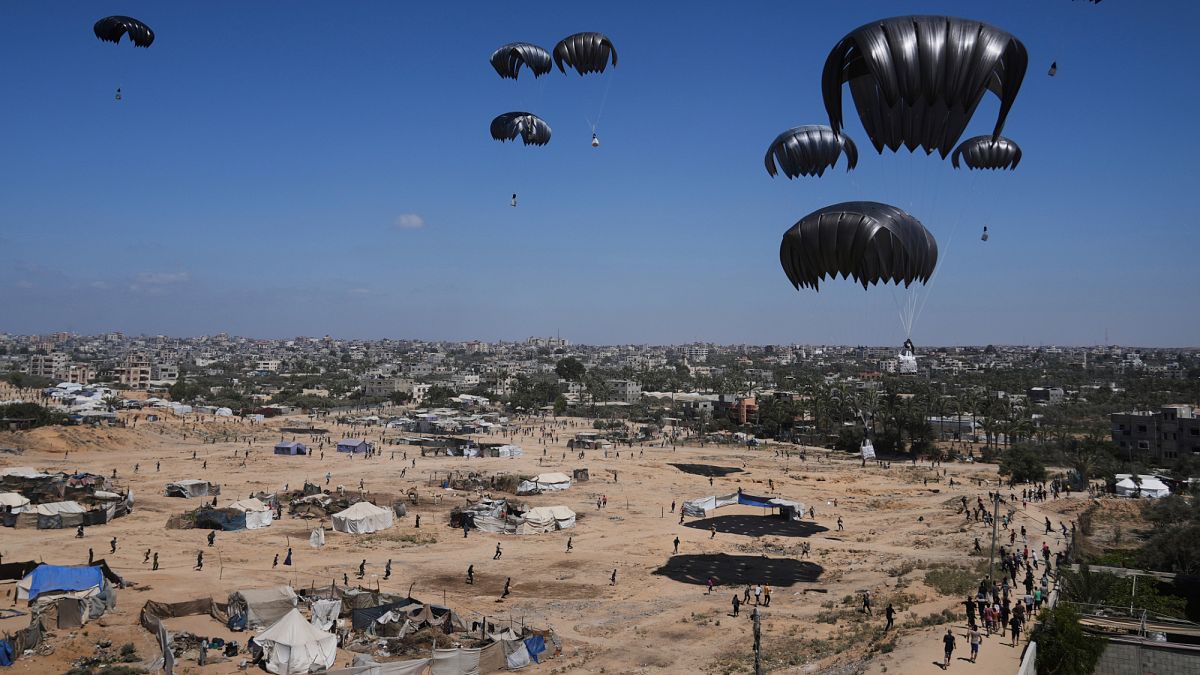

In recent times, the world has been witnessing a complex tapestry of events that encapsulate both hope and tension. As humanitarian aid initiatives envelop the Gaza Strip, geopolitical dynamics in Eastern Europe continue to stir global interest and concern.
In the Gaza Strip, humanitarian efforts have taken a critical turn. In response to severe shortages and immense hardships faced by the local population, aircraft have been deployed to deliver much-needed aid. However, the path to relief is fraught with challenges, as reported incidents of violence highlight the risks that civilians endure in pursuit of sustenance. Recent clashes have tragically resulted in casualties, underscoring the urgency for sustained humanitarian engagement. Amidst these developments, U.S. diplomats, including President Donald Trump’s special envoy, have reaffirmed their commitment to addressing the urgent humanitarian needs on the ground. Their visit to Gaza marks a significant step towards international collaboration in relief efforts.
Meanwhile, the conflict in Eastern Europe continues to evolve. Ukraine recently asserted responsibility for strategic strikes on Russian facilities, including a military plant and drone storage airbase. These actions align with ongoing defensive strategies amid escalating tensions with Russia. Additionally, the Ukrainian capital, Kyiv, observed a solemn day of mourning, commemorating lives lost due to recent missile and drone attacks, pointing to the profound impact of the conflict on civilian life.
In a related geopolitical maneuver, President Trump has instructed the redeployment of nuclear submarines closer to Russia, a decision triggered by provocative communications from former Russian President Dmitry Medvedev. This action underscores the intricate and sometimes volatile nature of international relations, particularly involving nuclear-capable nations. The deployment of these submarines, while strategic, is a reminder of the delicate balance that must be maintained to avoid escalation.
These developments present a complex picture—one where cries for peace, humanitarian aid, and strategic defense interplay on the world stage. While challenges persist, the international community’s continued engagement, whether through aid, diplomacy, or strategic defense, reflects a commitment to navigating these issues with a focus on stability and relief for those affected.
As these global events unfold, the international community and its leaders are reminded of the powerful impact that both cooperation and conflict can have. In these times, the delicate balance of responding to humanitarian needs while managing geopolitical tensions remains a cornerstone of global peace and security efforts. The coming days and months will no doubt continue to test the resolve and resilience of nations and peoples striving for a more harmonious world.
Source: {link}
